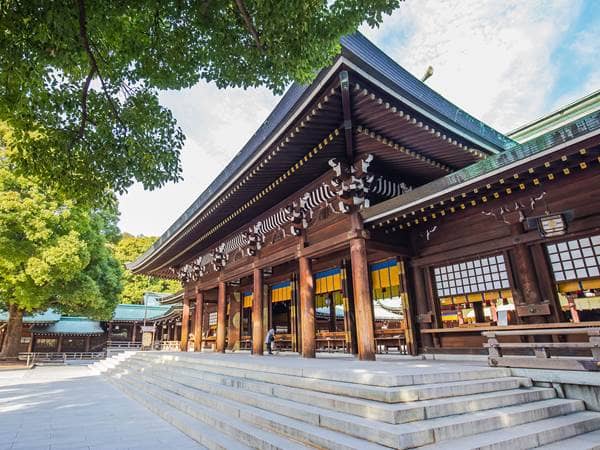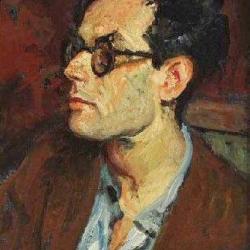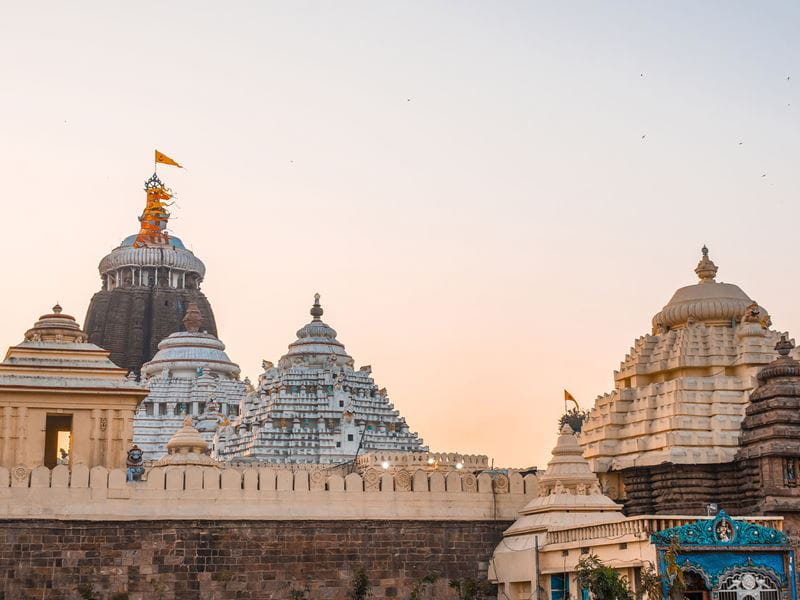
- Trending:
- Olympics
- |
- Forgiveness
- |
- Resurrection
- |
- Joy
- |
- Afterlife
- |
- Trump
The 100 Most Holy Places On Earth
Puri Jagannath Temple


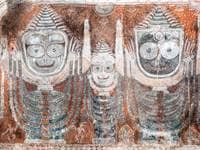
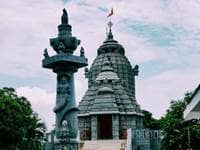
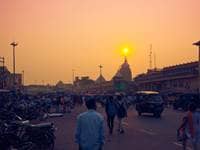
Also Known As:
Puri Jagannath Temple/Sri Mandir
Associated Faiths:
Hinduism
Accessibility:
This temple is not open to visitors, except those who were born Hindu. There is a library across the street which will, for a fee, allow non-Hindus to access their roof in order to get a good view of the temple complex.
Annual visitors: 1,000,000
History
Located in the East of India, Jagannatha Puri is one of the four holiest cities in all of India. The other three are Badrinatha (in the north), Dvaraka (in the west), and Ramesvaram (in the south). Thus, this is an important pilgrimage site for practicing Hindus. The temple, resting in the middle of Puri, is dedicated to Jagannatha (which means “Lord of the Universe”), who is a form of Krishna, a beloved figure in Hinduism. Indeed, “syncretism” may best describe this temple, since Jagannath is the same god as Vishnu, who is also Balabhadra, Krishna, Narayana, and Shesha. The Jagannath Temple is also associated with the goddess Vimala—Shiva’s consort or wife. While all of this will make sense to Hindus, many monotheistic westerners will find all of this puzzling indeed.
The Jagannath Temple complex is large, with thousands of priests functioning therein. Though the main temple (referred to as Sri Mandir/Srimandir) was built in the 12th century CE, the location of the temple has been considered hallowed ground for more than 2,000 years. (It is believed that the 12th century edifice is actually a replacement of an older temple which rested on that same lot, but the details of the previous temple are largely unknown.)
The various smaller buildings which are part of the temple complex mostly date to the 16th century. (In addition to the Sri Mandir Temple, there are more than 100 smaller shrines at the complex which are dedicated to various Hindu demigods or divine beings.) It is in the approximately 215-foot-tall Sri Mandir that one finds the five-foot tall murti (or statue) of Jagannath, in addition to statues of his siblings, Balarama and Subhadra. Along with this divine trio (who rest upon a jeweled throne or platform), several other murtis are located in the inner sanctum of the Sri Mandir (or central temple).
All who know India and Hinduism know that the caste system—as abhorrent as it is to Westerners—is very pronounced in India, and not just among Hindus. Regardless of one’s religion and ethnicity, Inda has a caste into which you fit, and the caste system seems to dominate so many aspects of Indian culture, social relationships, religion, and even educational and occupational opportunities. Significantly, therefore, it is worth noting that Puri’s Jagannath Temple is the only Hindu temple in all of India which has never set up caste restrictions.
While it is not open to non-Hindus, it allows Hindus of all castes to enter its gates and to worship therein. Perhaps this stems from the idea that Jagannatha is “Lord of the Universe” (and not just of one caste). Or perhaps it stems from the fact that, as Patita Pavana (the “savior of the most fallen”), Jagannatha is the god of all castes, even the seemingly most fallen of them.
Religious Significance
Hindu deities take many forms, are known by many names, and are worshipped in many ways. Because all gods and really all things are a manifestation of the Ultimate, Brahman, Hindus traditionally see no contradiction in this sort of mixed belief or practice. Thus, in concert with this idea, the puri Jagannath Temple is dedicated to the deity known as Jagannath, who happens to be a form of the Hindu god Vishnu. Though Jagannath is not one of Vishnu’s ten “official” avatars, since Vishnu’s eighth avatar was Krishna, many Hindus equate Jagannath not just with Vishnu, but also with Lord Krishna and several other deities as well. Consequently, this temple constitutes “sacred space” for many Hindus and their many gods.
One of the most important spiritual practices in Hinduism is engaging in darshan—or the viewing of the murti (or image) of a deity. Any space on which darshan takes place would officially be sacralized by that act or practice. While darshan is a sacred act of puja (or worship) for practicing Hindus, it is also one of the things non-Hindu tourists most often wish to experience when visiting a Hindu shrine or temple. Yes, since the Puri Jagannath Temple is not open to non-Hindus, this practice is not formally allowed by those who fall outside of the faith. However, at the Jagannath Temple, those not allowed to enter the temple grounds can still experience a measure of darshan because a statue of Patita Pavana, who is the “savior of the most fallen” (and a “merciful form” of Jagannatha, who is Vishnu, who is also Krishan). The murti (or image) can be viewed by non-Hindus because it is strategically placed just inside the open doorway of the temple complex—for any passerby to see. Thus, just as Patita Pavana is the “merciful form” of Jagannatha, in his mercy he allows non-Hindus the chance for darshan—despite their non-Hindu status. And so, the realm of holiness is extended beyond the precincts of Puri’s temple complex.
The archives of the shrine record 18 different occasions on which the Puri Jagannath Temple has been attacked and its treasures stolen. Amazingly, even under orders to destroy the temple, it has survived—only closing for a time (after each attack), and then reopening for the faithful again to engage in puja therein. For some of its attendees, there is a sense of divine protection which had rested upon Puri’s Jagannath Temple, perhaps specifically because it is the “sacred space” of the gods. How else could one explain the repeated attacks and efforts to destroy the edifice—and yet it remains open and functioning? Hallowed ground, indeed, for believers in Jagannath, Vishu, Krishna, or one of the many other deities associated with this complex of temples and shrines.
Six times a day, offerings of made to the murtis in the Temple. Fifty-four different dishes are presented daily. Once offered, the food becomes Mahaprasad (or “prasad,” meaning “grace” or “favor”). It is then distributed to devotees in the temple as a symbol of the god’s “grace” or “blessing” being poured out upon those who made the effort to attend the temple to engage in puja (or worship). For many, partaking of prasad remits karma and heightens one’s spirituality and potential for enlightenment. And certainly, the distribution of prasad reminds the pilgrim that he or she has walked on sacred ground—the very abode of the gods—and received diving favor for being there.



